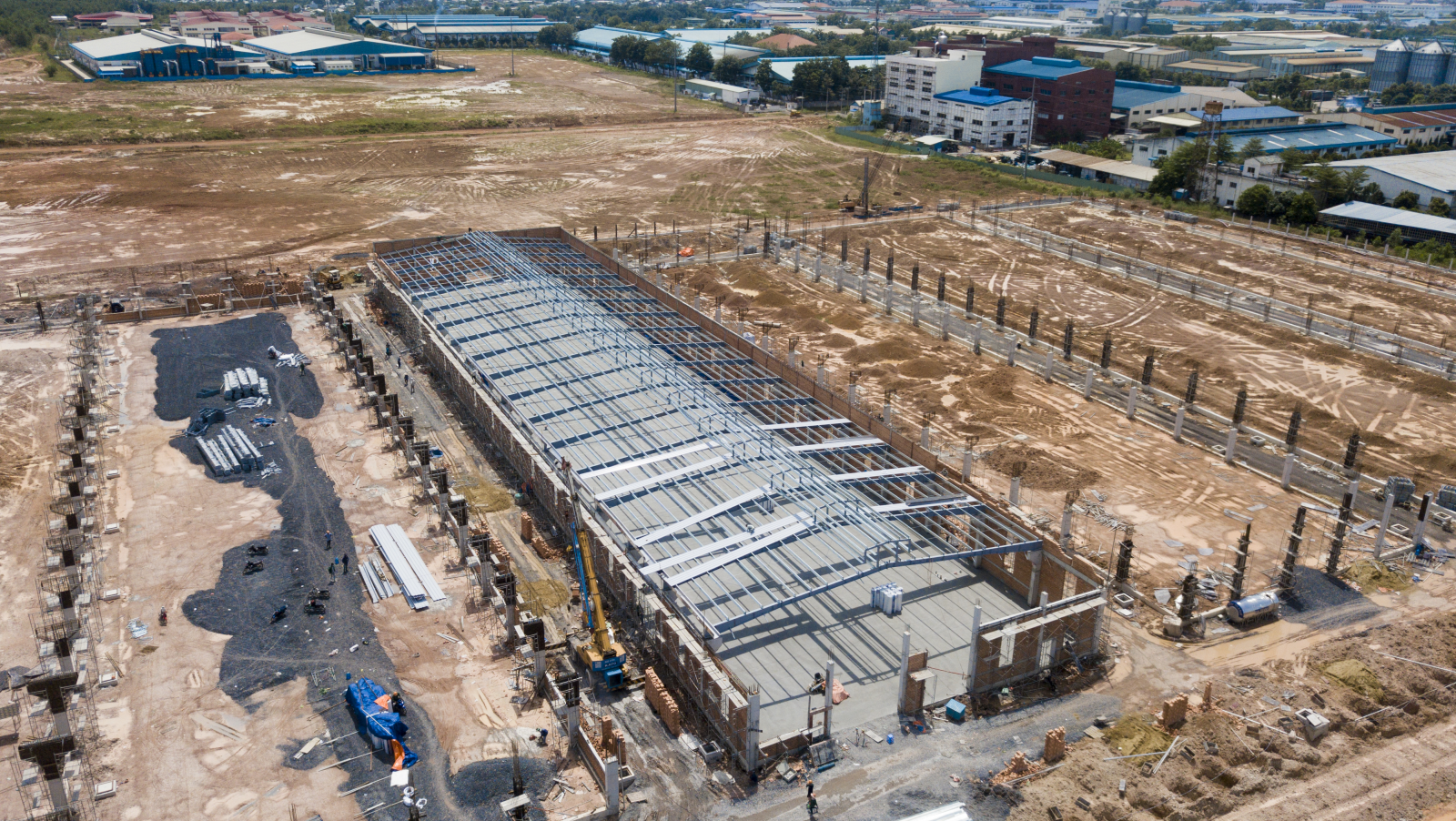
Construction Accidents: What It Takes to Tell the Full Story

The recent triple fatality at a Bechtel LNG construction project in Port Arthur, Texas, prompted heartfelt comments from firm President and Chief Operating Officer Craig Albert. “I can’t begin to express the shock and grief we feel across Bechtel,” he said, adding later that the company is “committed to understanding exactly what went wrong and ensuring we do everything possible to prevent it from ever happening again, at Bechtel or anywhere.”
Those words prompted some reflection on my part about how ENR and the construction industry in general learn about what goes wrong when accidents occur. To put it simply, the information does not freely leap into the public domain, even after federal and state investigators have released some information while imposing safety penalties on those found to have violated government standards.
In the six months that state and local labor investigators generally require to complete their probes, make reports and issue penalties, they gather much information about what occurred that goes way beyond what is described in the safety violations. If you believe that accidents result from complex sets of human interactions, as I do, and not just simple mistakes or even one “root cause,” you know what I mean.
An OSHA compliance officer’s full report, when one is made, remains privileged until all legal matters between the agency and the employer is completed, a process that often lasts one year or more. Even when it is completed, OSHA staff may require many months to comply with a Freedom of Information Act Request before releasing compliance officers’ interview notes and photographs.
Meanwhile, some of the information, including lengthy technical reports, may be produced by parties to various lawsuits that are filed. These may be biased and need to be read in that light, but they are useful, although often require digging to find them in legal databases. Another useful source, most journalists know, are reports issued by police and firefighters who are typically the first ones on the scene. But these often excellent reports also sometimes require a request process before they are released.
It’s easier than ever to learn something fairly soon about accident victims from local newspapers and GoFundMe campaigns, but the vital data on what caused their deaths or injuries often languishes in private files much longer.
Post a Comment
You must be logged in to post a comment.






